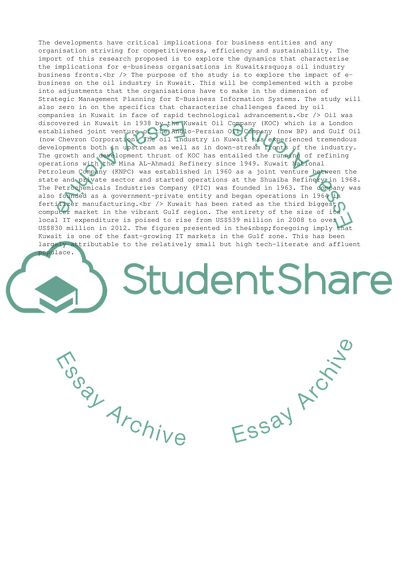Cite this document
(The Impact of E-Business on Oil Industry - Kuwait Petroleum Research Proposal, n.d.)
The Impact of E-Business on Oil Industry - Kuwait Petroleum Research Proposal. Retrieved from https://studentshare.org/business/1718278-strategic-management-planning-for-e-business-information-systems-in-kuwait-business-environments
The Impact of E-Business on Oil Industry - Kuwait Petroleum Research Proposal. Retrieved from https://studentshare.org/business/1718278-strategic-management-planning-for-e-business-information-systems-in-kuwait-business-environments
(The Impact of E-Business on Oil Industry - Kuwait Petroleum Research Proposal)
The Impact of E-Business on Oil Industry - Kuwait Petroleum Research Proposal. https://studentshare.org/business/1718278-strategic-management-planning-for-e-business-information-systems-in-kuwait-business-environments.
The Impact of E-Business on Oil Industry - Kuwait Petroleum Research Proposal. https://studentshare.org/business/1718278-strategic-management-planning-for-e-business-information-systems-in-kuwait-business-environments.
“The Impact of E-Business on Oil Industry - Kuwait Petroleum Research Proposal”. https://studentshare.org/business/1718278-strategic-management-planning-for-e-business-information-systems-in-kuwait-business-environments.


